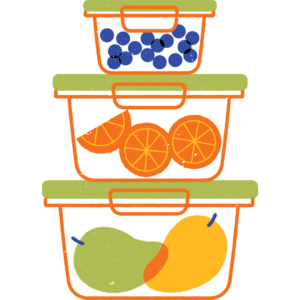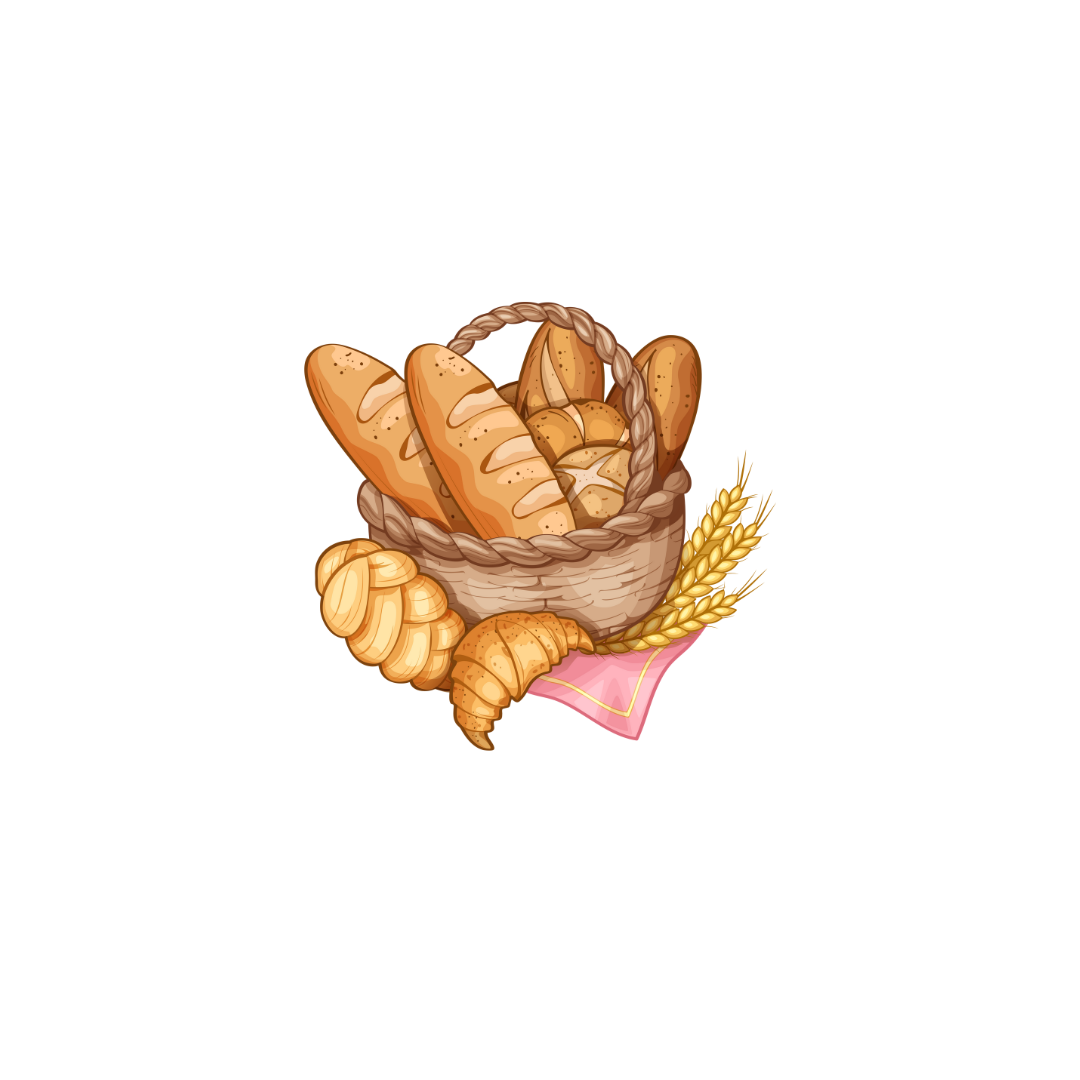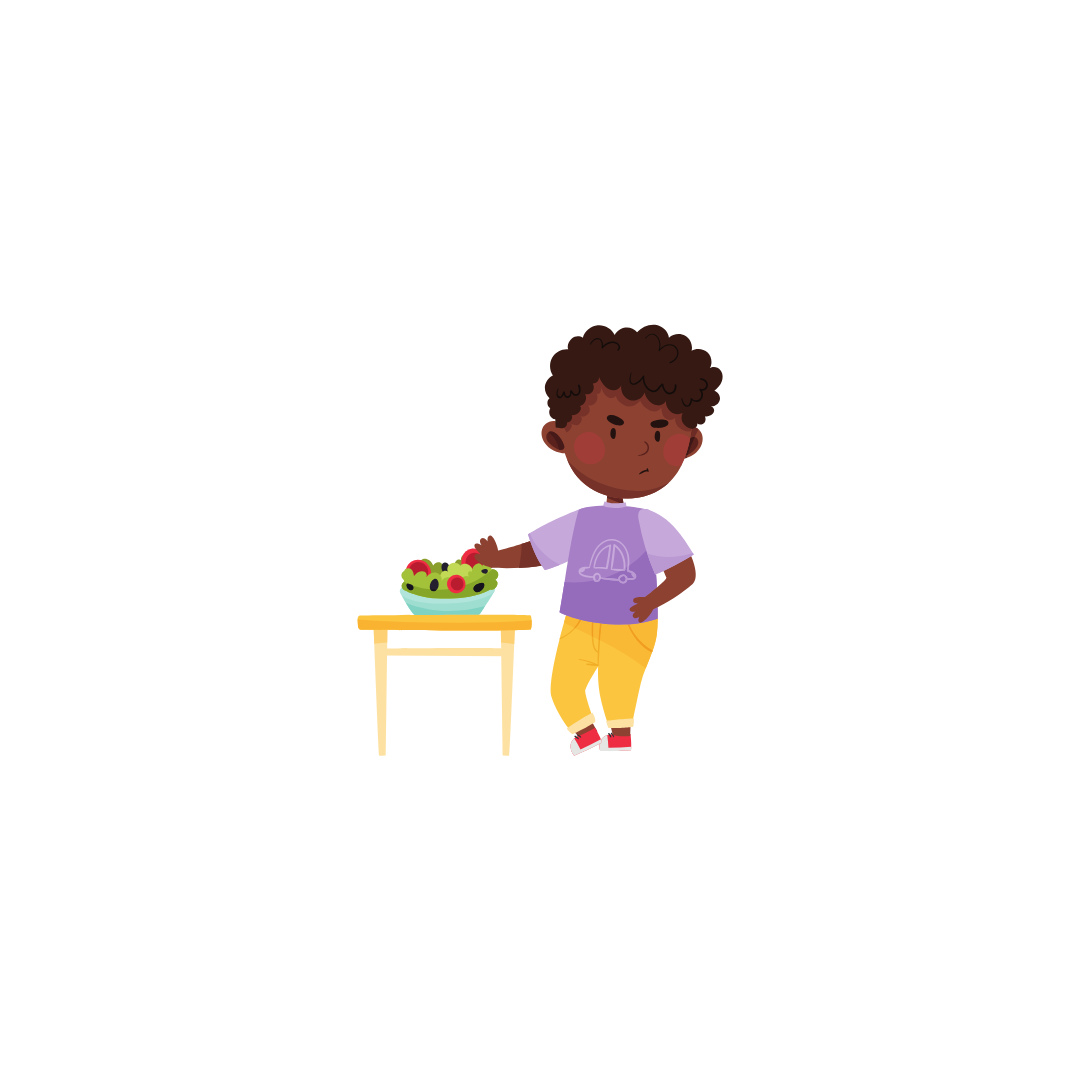Conclusion
If your child suffers from feeding challenges or ARFID, food chaining offers a gentle, effective way to support their journey toward more variety and better nutrition. It’s not about forcing foods—it’s about meeting your child where they are and walking with them, one small step at a time.
At Sööma, we understand that eating disorders are not one-size-fits-all. Whether your child is navigating ARFID or showing other eating disorder symptoms, our team of registered dietitians uses compassionate, evidence-based methods to help kids build healthier relationships with food—without pressure, fear, or shame.
Need help getting started?
We offer personalized support for families navigating an eating disorder like ARFID and feeding challenges. Call us at 514-437-4260 or Email us at info@sooma.ca


































































